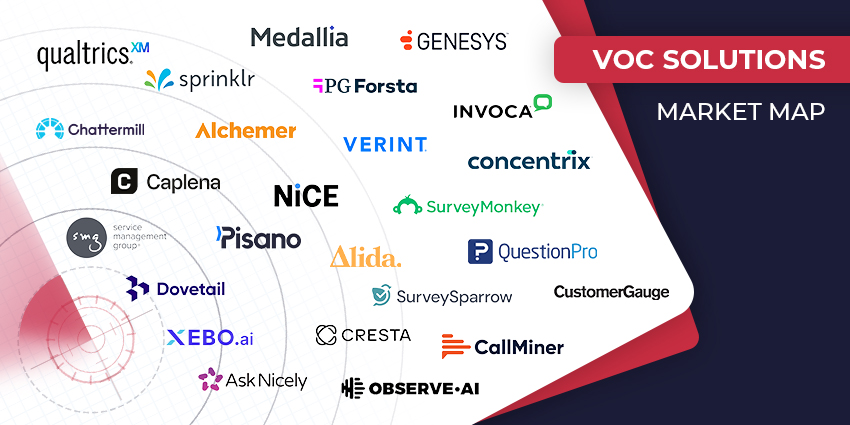Customer service is not just about fixing problems when they arise – it’s about knowing what your customers need before they even ask for it. This proactive approach, known as customer-centricity, forms the bedrock of exceptional customer experiences.
In this article, we’ll delve into what it means to be customer-centric, explore its components, and discuss why it’s essential for contact centers. You’ll also learn practical tips for understanding and anticipating customer needs.
What Does it Mean to be Customer Centric?
Being customer-centric means placing your customers at the heart of every decision and interaction. In the context of contact centers, it entails tailoring your services, processes, and communications to meet the specific needs and preferences of your customers.
Rather than adopting a one-size-fits-all approach, you strive to personalize each interaction, anticipating customer expectations and proactively addressing their concerns.
Essentially, it’s about putting yourself in your customers’ shoes and crafting experiences that resonate with them on a personal level.
Components of Customer Centricity
Four key components make up customer centricity 101:
1. Personalization
Imagine walking into your favorite coffee shop, and the barista already knows your order. That’s the kind of personalized experience customer-centricity aims for. It’s about making each customer feel seen and appreciated by using their name, remembering their preferences, and offering tailored solutions – within the highly dynamic climate of a contact center.
2. Proactive communication
Being customer-centric means staying one step ahead by anticipating potential problems and reaching out to customers before they even realize there’s an issue. It’s like having a “spidey sense” for trouble. This proactive approach demonstrates your commitment to their satisfaction and helps prevent escalations.
3. Empathy and understanding
Take the time to listen actively to your customers, empathize with their concerns, and validate their experiences. Remember, empathy is the secret sauce of customer-centricity. It’s about more than just solving problems; it’s about genuinely caring about your customers’ experiences and emotions. When you show empathy and understanding, you build trust and loyalty that lasts.
4. Continuous improvement
Customer needs are always evolving, so customer-centricity is a journey, not a destination. It’s about constantly seeking feedback, analyzing data, and fine-tuning your approach to better serve your customers. Use this valuable insight to identify areas for improvement and refine your processes to better align with customer needs and expectations.
Why Understanding and Anticipating Customer Needs is Essential
Pre-emptive understanding of customer needs is at the heart of customer-centricity 101; it can help you:
- Enhance customer satisfaction: By anticipating and addressing customer needs proactively, you create seamless and satisfying experiences that leave a lasting impression. Satisfied customers are more likely to remain loyal and recommend your brand to others.
- Reduce customer effort: Anticipating customer needs means minimizing the effort required on their part to get their issues resolved or their questions answered. This streamlined experience and a lower customer effort score (CES) improves customer satisfaction and loyalty.
- Improve first-contact resolution: When you understand customer needs upfront, you can often resolve issues or provide assistance in the first interaction, reducing the need for follow-up contacts and enhancing operational efficiency.
- Increased customer lifetime value: By consistently meeting and exceeding customer expectations, you foster long-term relationships that translate into repeat business and higher customer lifetime value. Satisfied customers are more likely to make additional purchases and remain loyal over time.
How to Understand and Anticipate Customer Needs in a Contact Center
There are ways to stay a step ahead of customer needs and maintain customer centricity. Here are four strategies:
1. Data is your best friend
Leverage data analytics and customer relationship management (CRM) systems to gather insights into customer preferences, behavior patterns, and past interactions. This data can help you anticipate future needs and personalize interactions accordingly. It’s like having a crystal ball that tells you exactly what your customers want — no guesswork required.
2. Empower your agents
Give your contact center agents the tools and training they need to be customer-centric rock stars. Teach them the art of active listening, show them how to walk in their customers’ shoes, and watch them work their magic. Equipped with the right resources, agents can better understand and anticipate customer needs.
3. Predict the future
Maybe not literally, but with the right predictive analytics tools, you can forecast customer needs and trends with surprising accuracy. Use predictive analytics tools to forecast customer behavior and anticipate their needs before they arise. These insights enable proactive engagement and personalized recommendations tailored to individual customers.
4. Encourage customer feedback
Your customers are full of valuable insights; all you have to do is ask. Use surveys, feedback forms, and post-interaction reviews to gather feedback and fine-tune your approach. Actively solicit feedback at various touch points throughout their journey. This feedback provides invaluable insights into their evolving needs and preferences.
The Need for Customer-Centricity Training in a Contact Center Environment
In a contact center environment, customer-centricity isn’t just a philosophy — it’s a mindset that should permeate every aspect of your operations. Investing in customer-centricity training for both managers and agents is essential to cultivate this mindset and ensure consistent delivery of exceptional customer experiences.
Did you find this article useful? Follow us on social media for more such insights.







